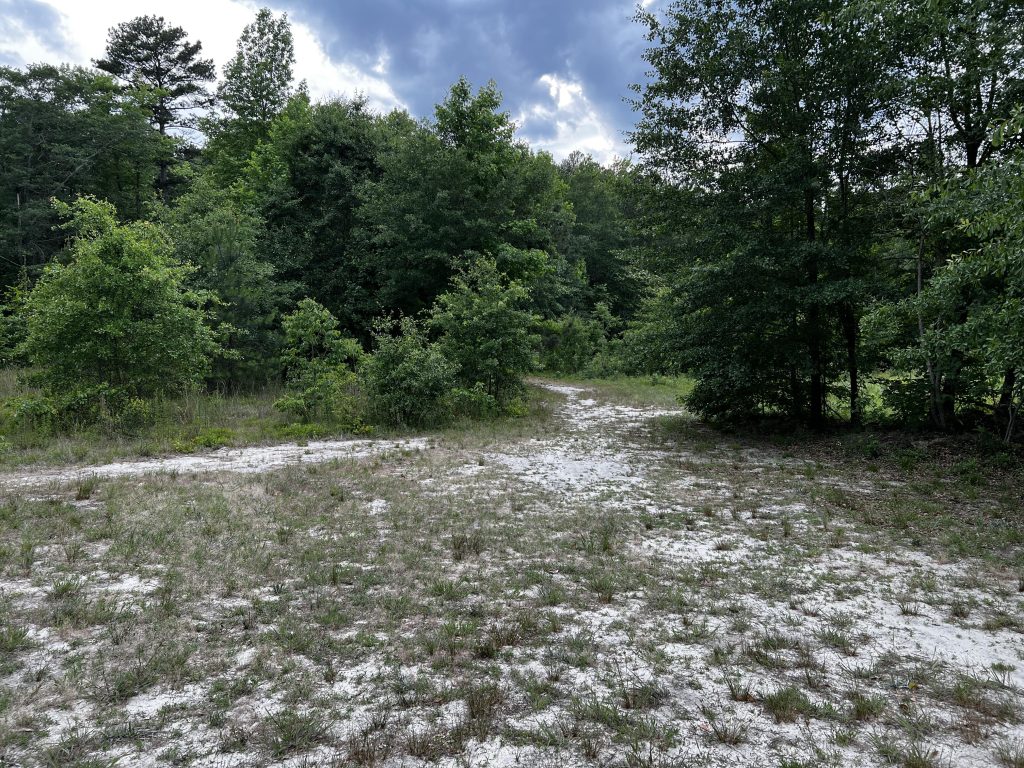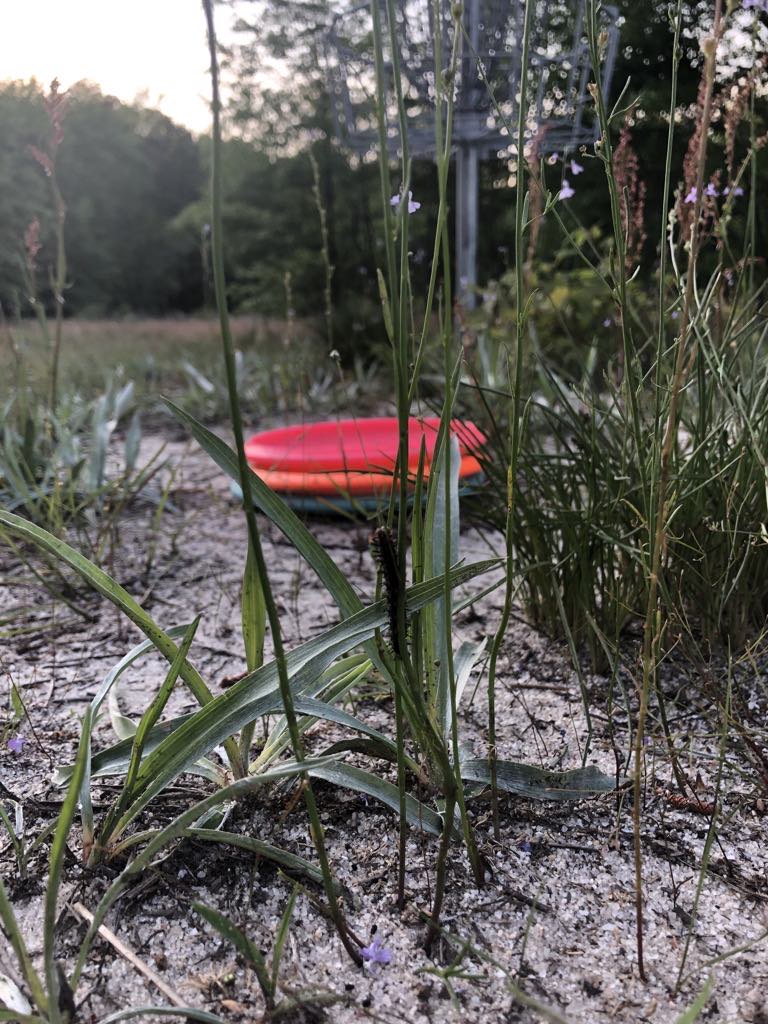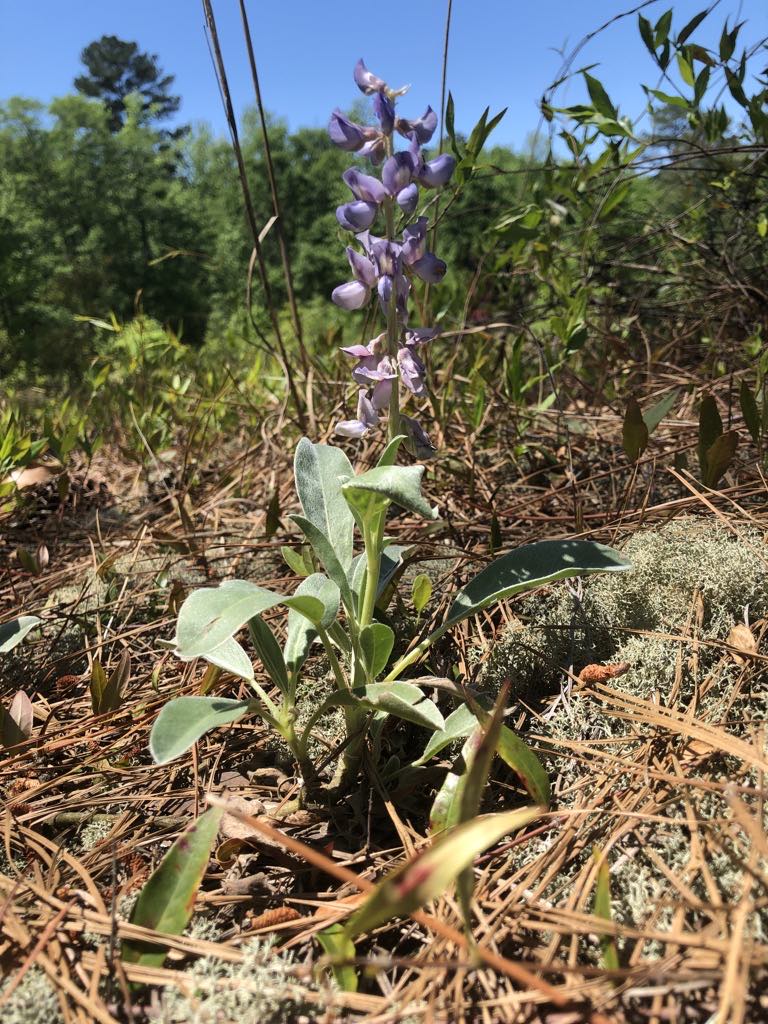The 2014 U.S. Open saw the usual people converge on the venerable No. 2 golf course in Pinehurst. Up and comers, the business elites formerly known as yuppies, American royalty and politicians.
With such a crowd, the talk of the tournament surely wasn’t dominated by a few grasses, right?
Right?
Well, wrong.
If you recall, the caretakers of No. 2 returned the course back to its Donald Ross days of natural vegetation. According to the resort’s website, the restoration took one year and cost $2.5 million. The result was a course that restored Ross’ “strategic options” and the “natural and historic character” of the links.
Unfortunately, for those accustomed to seeing the grasses of the Piedmont prairie along unkempt roadside, the effect may have been less than glamorous with a few individuals offering negative reviews.

The Piedmont Prairie
But what are those grasses that abound on roadsides and on certain golf links and where do they belong, ecologically speaking? A few names will likely bring back some memories. However, many individuals may be at a loss as to their ecological significance.
Broomstraw and wiregrass are probably more widely known than others. Road names and entire industries have been germinated by these plants.
As the name may suggest, broomstraw was traditionally used as the straw in brooms. In fact, the Marston Broom Factory relied on the plant almost entirely. That factory, the remnants of which can still be found near Hoffman, North Carolina, laid the foundation for one of the largest commercial property developers in the Sandhills: C.F. Smith Property Group. According to the company’s website, founder Claude Smith received a patent for a broom-making apparatus in 1957. The machine mechanized the process of bundling broom straw shafts into brooms.
A Weed By Another Name
Other plants of the region may be less familiar to the reader — or downright surprising. For instance, according to Duke University’s Sara P. Duke Gardens, the list features a variety of native sunflowers — including the very rare Schweinitz’s sunflower — indigo, wild quinine, peas and mints.
Many of these plants, which have a life cycle that marks them as weeds, had —and still have — great ecological, historical and cultural importance.

They are called weeds not to diminish their fast lifestyles that see a plant go from seed to mature seed-bearing plants in a matter of weeks, but to describe and place a meaningful name to that life cycle. Many of the plants exist for most of their time as embryos tucked safely into a seed that is in turn stowed in the ground waiting for the right conditions to bolt up into blossom.
A Dynamic Ecosystem
As varied as they may be, these plants do share something in common.They are all part of an ecosystem unique to our region that has all but been erased: the Piedmont prairie. Prior to European colonization, these regions were commonplace and likely maintained by both natural events and human management.
Like a crime drama on the big screen, the life of a prairie is filled with fiery death and retribution. In a never-ending feud between woodlands and grasslands, it is fire that often decides which of the two is victorious.

The tall, long-lived, slow-growing and shade-throwing trees prevent smaller plants from taking root. Plants such as the various wildflowers and grasses must grow fast and reproduce faster to continue their species’ existence in the ecosystem. They must outgrow the young pine saplings and hold the line against an ever-encroaching woodland.
Beasts long lost to our region contributed to this drama as well. Buffalo and elk would graze in the grasslands that speckled the Sandhills and surrounding regions, thus adding to the dynamic landscape.
It’s easy to look at the Sandhills’ rich pine forests and imagine that any space devoid of trees is an unnatural scar on a once-pristine wilderness. The facts may instead lead one to the conclusion that vast expanses of the Piedmont and Sandhills would have looked like a neglected power line right away or the side of a road — or even a famous golf course.
All photos by Charlie Melvin.





